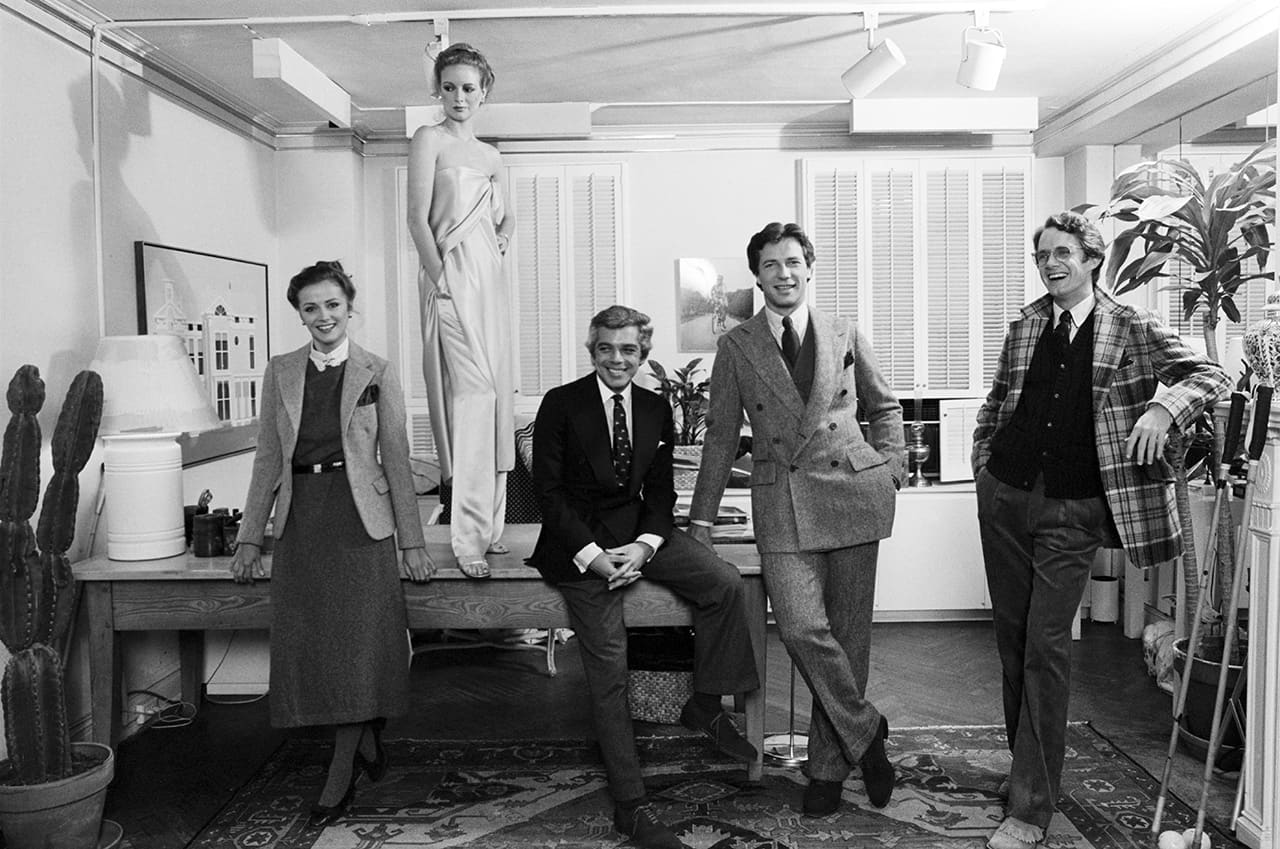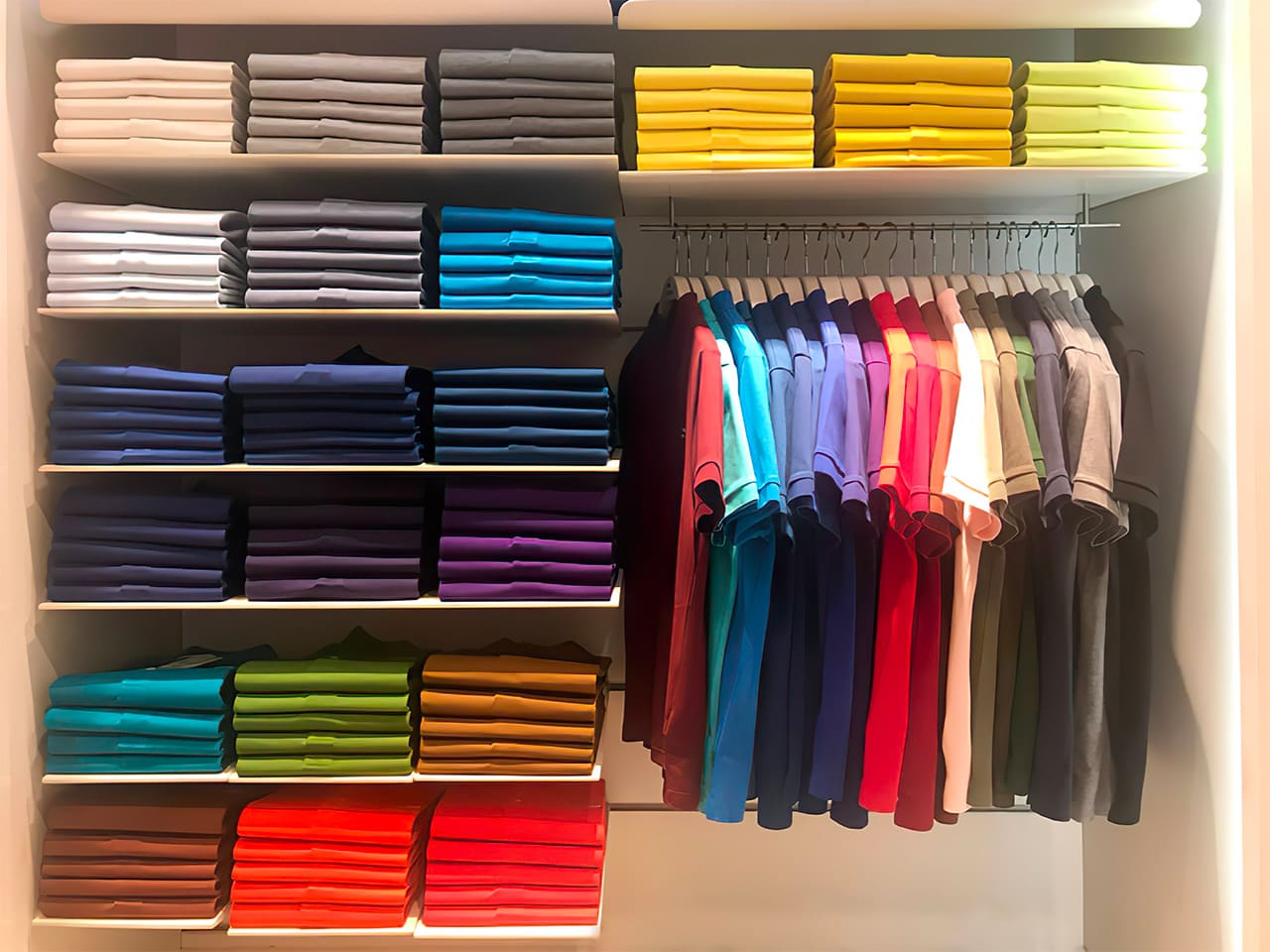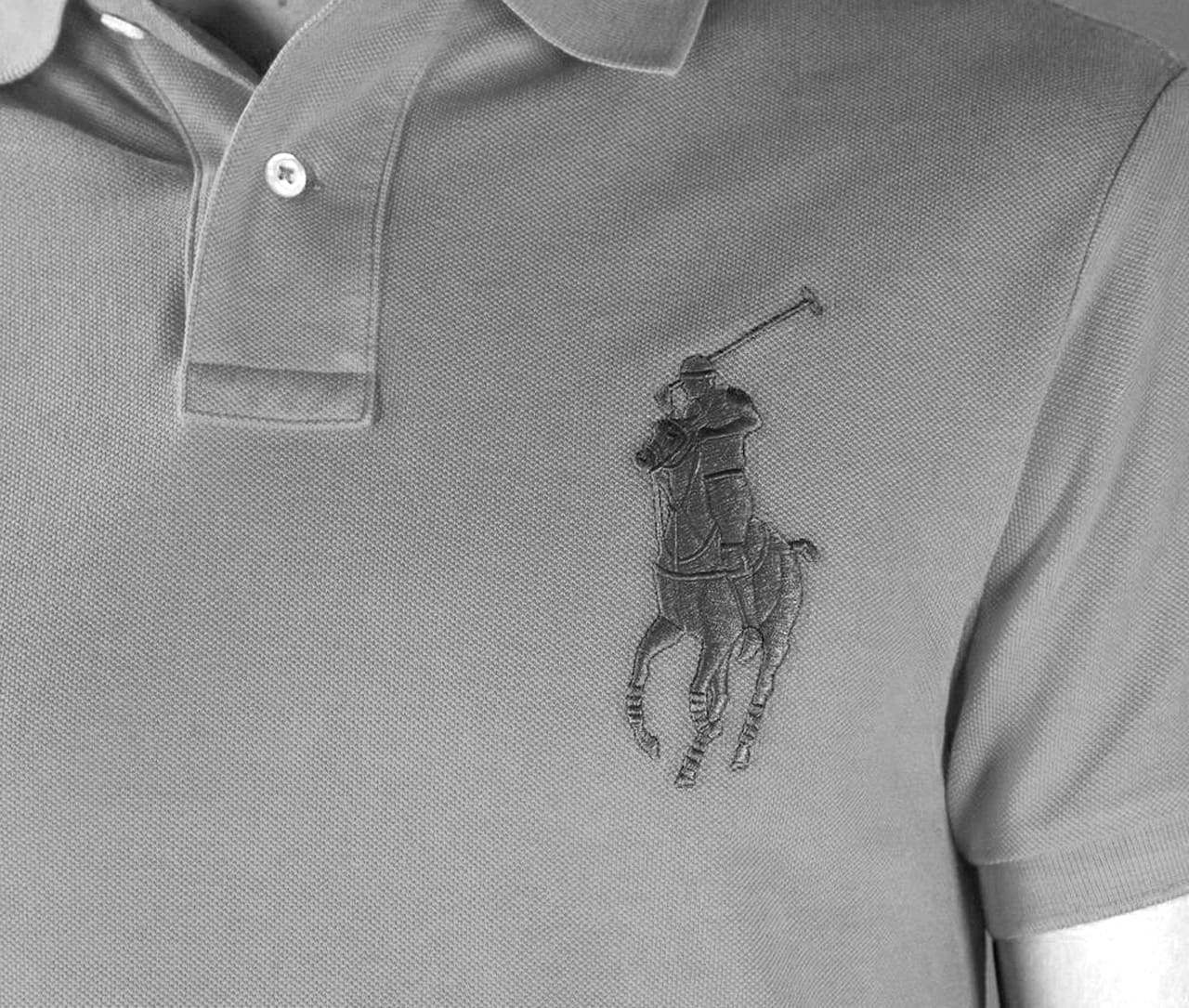The History of the Polo Logo

In the fashion world, few brands have embodied the appeal and recognition of modern fashion like Polo by Ralph Lauren. This iconic brand and logo has become a status symbol for people in all walks of life, creating a culture of loyal supporters.
Ralph Lauren was born in the Bronx (third of four siblings) to Frieda and Frank, who emigrated from Belarus. Calvin Klein, who also happened to be living in the same neighborhood (the Norwood area along Mosholu Parkway) attended the same elementary/junior high school (P.S. 80), but they were four years apart and did not meet until much later.
By the time Ralph Lauren was a teenager, he was already known for his unique style and fashion sense. He attended the nearby Clinton High School and then Baruch College in Manhattan, where he studied business for two years and then briefly entered the Army.
It was after this time that he began to design a line of neck ties under the name ‘Polo’ (named after the sport of the wealthy and the Royals).

He was given a single drawer at the bottom of the display case from a showroom in the Empire State Building. His ties were distinguished by a wider cut and bold, colorful stripes. They imparted a sense of class, often selling out and generating high demand for large department stores like Bloomingdale’s.
Ralph Lauren was influenced by color from his father, who was a professional painter and encouraged his son from an early age to express his love and talent for color and texture. In 1972, he produced his now-iconic series of cotton polo shirts in a variety of 24 colors and marketed the shirts with the tagline “it gets better with age”.

Polo shirts date back to Manipur, India in the early 1800’s the word ‘Polo’ is derived from ‘Pulu’ which is the name of the ball which players would hit with mallets. Due to the high speed nature of the sport, these players grew weary of the shirt’s collars flapping about, so it became not just fashionable, but practical to fasten them down with buttons.
-Players-Manipur-India-1875.jpg) The world’s first polo players in Manipuri, India circa 1875.
The world’s first polo players in Manipuri, India circa 1875.
These shirts were marketed in the 1930’s and 1940’s by tennis star René Lacoste, whose “Izod” brand popularized his iconic crocodile logo. Another design Lacoste created for his fashion line featured a large, embroidered illustration of a polo player on a horse. (Lacoste was a visionary in his own right, inventing the tennis ball machine and the first steel tennis racket).

Years later, that particular design inspired Ralph Lauren and would become the brand’s signature look. The icon was matched with a classic typeface with a high stroke contrast and flat unbracketed serifs. He would also place the name ‘POLO’ in front of his own name, successfully creating a brand that would symbolize the sport along with the lifestyle and image it represented.

Some critics would challenge the brand’s vision, but they were of little consequence and put to rest by the words of Ralph Lauren himself:
“I am not a fashion person. I am anti-fashion. I am interested in longevity, timelessness, style. I don’t design clothes; I design dreams”
Today, the Ralph Lauren Group is a publicly traded company that manages a total of 17 fashion brands and 4 lifestyle brands with 500 locations across 30 countries. Only a handful of designers and brands have enjoyed this much widespread success and popularity, which continues to this day.
How FinePrintArt.com Maintains Its Ad-Free Creative Platform
FinePrintArt.com is a unique platform developed and maintained by Fine Print New York, experts in the restoration of antique, rare & damaged wallpapers. This collaboration allows this website to offer insightful, ad-free content on creative artists and the evolution of visual branding. Fine Print's expertise in restoring vintage designs directly informs the rich, well-researched articles found here, showcasing our commitment to both historical preservation and contemporary artistic exploration.
Meet the Founders: The Creative Minds Behind Our Platform
Joseph Gornail a distinguished printer/photographer and the visionary behind Fine Print New York, hails from SoHo, Manhattan. Rooted in a family tradition of NYC printing, Joseph mastered the craft as a teenager. His significant impact on the New York printing industry ignited in 1996 with Dolo Records/Stretch Armstrong. He founded All City Marketing & Printing in the late '90s and co-created the iconic streetwear label Orchard Street with partners Benjamin Holloway and Greig Bennett in 1999. In 2004, Joseph launched Fine Print NYC, establishing it as a leading commercial printing firm. The company debuted with a landmark project for Nike, epitomizing innovation and resilience in the modern digital landscape.
Steven Garcia a prominent designer/illustrator and creative director at Fine Print, originates from Bushwick, Brooklyn. A graduate of Fashion Industries High School and the Fashion Institute of Technology (F.I.T.), Steven has carved a notable path in the design world. His early career highlights include a role as a sought-after professional retoucher and storyboard artist at Saatchi & Saatchi in 1996. Embracing his entrepreneurial side, Steven founded ShinyDesign in 1998, which later became a key design partner for Fine Print NYC in 2004. His extensive portfolio features collaborations with elite brands such as Snapple, The Waldorf Astoria, Netflix and Sony, cementing his status as a key influencer in New York's vibrant advertising & design industry.
